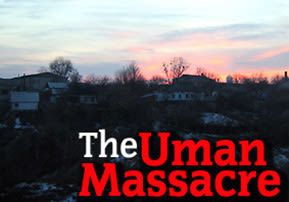
The Uman Massacre
What really happened in Uman? Why did Rebbe Nachman want to be buried there? Tal Rotem gives an historical overview of a monumental “Kiddush Hashem”. Uman and Emuna go together…

The Massacre of Uman took place in the year 1768, a mere four years before the birth of Rebbe Nachman of Breslev. 33,000 Jews from Uman and the surrounding villages who took refuge from the murderous Jew-hating Ivan Gonta, the Ukrainian rebel that led the revolution against Poland, who then governed the Ukraine and was relatively decent to the Jews.
Uman and the Haidameks
Uman was a well-fortified city where a major part of Polish troops in the Ukraine were stationed. This fact made Uman one of the primary objectives of the Kolivivschyna movement, known popularly as the “Haidameks”, the organization of bitterly antisemitic Ukrainian Cossacks and their peasant supporters who revolted against Poland. Commanded by cut-throat Ivan Gonta who prided himself that he drank a fresh glass of his enemies’ blood every morning, the Cossacks began their siege on Uman.
In early June of 1768, on the way to Uman, the Ukrainian rebels by Gonta and Maxim Zalizniak razed a number of Jewish cities in one of history’s most cruel pogroms. As Zalizniak openly encouraged the slaughter of Jews, Uman filled with refugees from all over the Podolia region of the Central Ukraine in the Jewish Pale of Settlement.
A large camp filled with Polish nobility and their private militia, regular soldiers and Jewish refugees was stationed outside the city walls. The Cossacks routed the Polish encampment on June 14th and tried to take the city by surprise but to no avail. After this first unsuccessful attempt, the siege on Uman began on June 17th. The very first day large number of Ukrainians deserted the ranks of Polish forces and joined the rebel Cossacks when the city was surrounded.
After three days of the siege the city fell to Zalizniak in spite of a courageous defense in which the Jews also played an active role. The tragic point occurred during the peace negotiation on the third day of the siege that concluded in a combat and subsequent takeover of the city. It is unclear whether the resulting fight was initiated by Ukrainian or Polish side as the accounts of the event differ. What we do know is that the Jewish fighters led by Leib Shargorodski and Moses Menaker in an attempt to defend themselves, and barricaded themselves in one of Uman’s synagogues, but they were destroyed by cannon fire. All but a handful of Uman’s 33,000 Jews were subsequently killed by Gonta and his henchmen.
Martyrs in “Kiddush Hashem”
Gonta set up a tremendous cross in a lot in front of a church. He then set up a low canopy in front of the cross. After his men rounded up all the Jews that weren’t slaughtered in the fierce hand-to-hand and house-to-house fighting, he told them that anyone who passed through the canopy would be spared. But, in order to do so, one would have to prostrate oneself before the cross. Not a single Jewish man, woman, or child agreed to do so, despite the fact that parents were slaughtered in front of their children and children were brutally maimed in front of their parents. This became the greatest sanctification of Hashem’s name in history.
Gonta’s Execution
Fearing that the rebellion would spread into her domain, Catherine the Great, then Empress of Russia, dispatched a regiment of her best soldiers to help Poland suppress the rebellion. The commander of the Russian unit, Guriev, made the Haidameks believe he was siding with them against Poland and managed to capture approximately 900 of them without firing a single shot. He seized Ivan Gonta and handed him over to the irate Poles. Gonta was tried for high treason. Sentenced to a bitter and agonizing death, Gonta was nailed to gallows and exhibited in 14 towns of Podolia.
The Ukrainian View of Gonta
Although an arch-criminal and murderer, Gonta is a Ukrainian folk hero, immortalized in songs, legends, and poetry, such as Shevchenko’s controversial epic poem “Haidameki”.
As a whole, the Cossacks and the Haidameks are respected and worshiped in Ukraine, and they are considered defenders of their motherland who fought against invaders. Ukrainians believe that the rowdy, brutal, and bloodthirsty insurgents defended social freedoms, the Ukrainian Orthodox faith, and Ukraine’s independence. They view the Haidameks as paragons of courage, patriotism, and dignity. To this day, Ukrainians believe that the Haidameks fought against “Polish occupiers and Jewish landlords,” as one high school teacher in Uman told me, but this is of course a falsehood since Jews were not allowed to own land in the Ukraine.
Why Uman?
Why did Rebbe Nachman choose Uman as his place of eternal rest?
Once, on the way from eastern Ukraine to his new home in Breslev, he passed by the mass grave of Uman’s Jews. He stopped the wagon driver, pondered, took a deep breath and said, “Here is the scent of Heaven. This is a good place to lay in rest.” He chose Uman because of its many holy martyrs who gave their lives for their “emuna”, their pure and complete faith in Hashem. Uman is therefore an eternal monument of emuna, may the holy martyrs lay in eternal peace, amen.
***
Retrieved from http://en.wikipedia.org/wiki/Ivan_Gonta



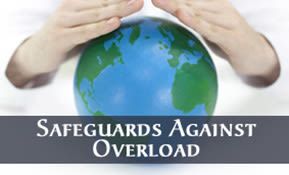
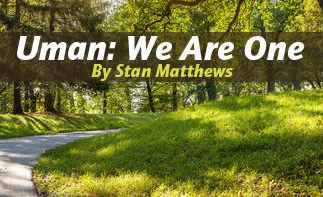
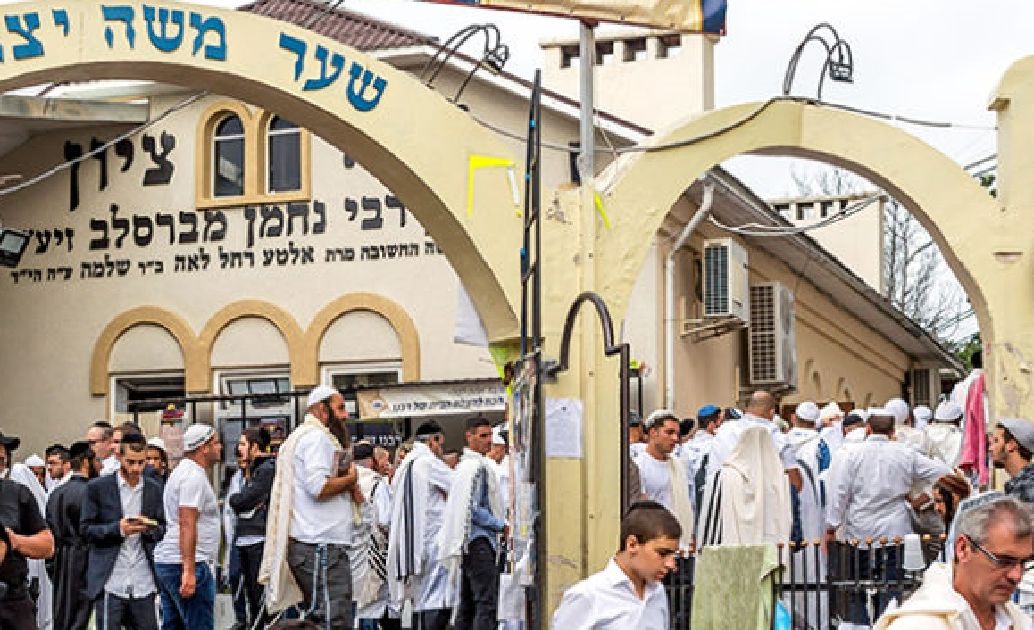

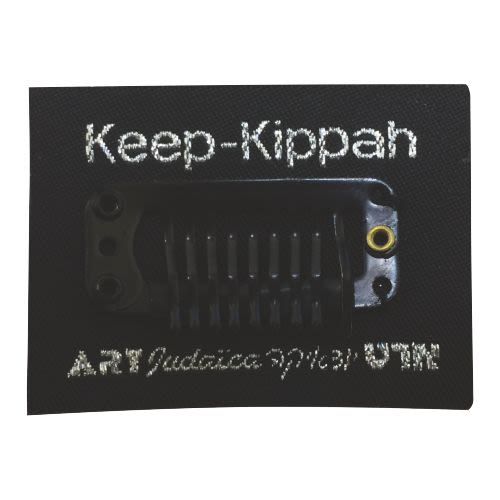

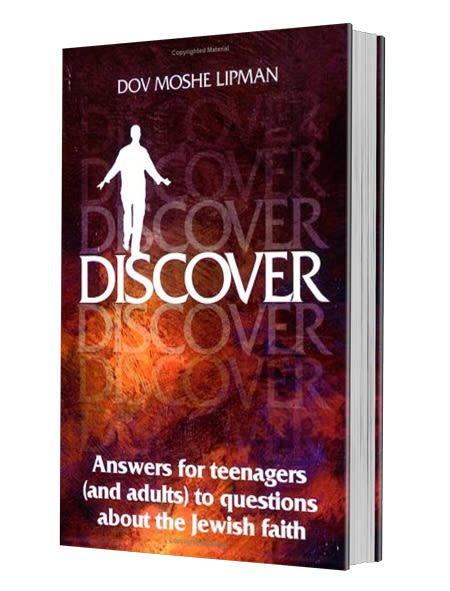
3/07/2010
uman and ukrainian history my grandparents left uman in 1926. they never spoke about their life in uman. ukrainians are well-known as a brutal nation of people (along with the lithuanians, russians, latvians, etc.) as well as for being virulent antisemites. when i tell people that my grandparents came from uman, they ask me if i’ve ever been there. my answer to them is that i would not ever set foot on ukrainian soil (not to mention the rest of european soil) as it is soaked with the blood of innocent jews.
3/07/2010
my grandparents left uman in 1926. they never spoke about their life in uman. ukrainians are well-known as a brutal nation of people (along with the lithuanians, russians, latvians, etc.) as well as for being virulent antisemites. when i tell people that my grandparents came from uman, they ask me if i’ve ever been there. my answer to them is that i would not ever set foot on ukrainian soil (not to mention the rest of european soil) as it is soaked with the blood of innocent jews.
4/15/2009
Yeah Myron, 33K Landlords in Uman You make no sense my friend… 33K Jews and Poles were MASSACRED at Uman and you believe it is because all 33K were landlords? I think that is preposterous! My family came to America from Uman back in late 1890s to get away from the antisemitism of Ukraine..